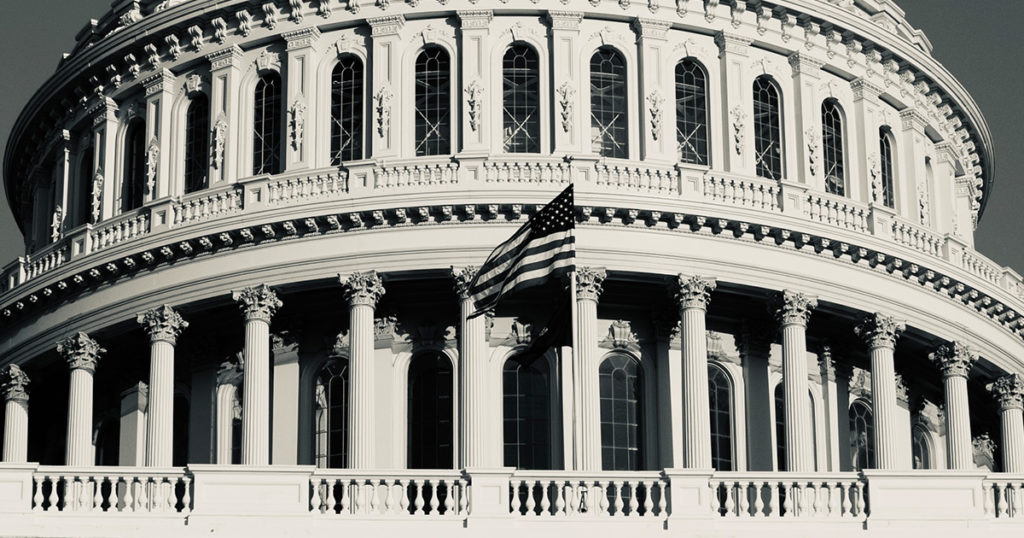Biden’s new Executive Order (EO), signed on March 9th, 2022, is opening the doors for wider crypto acceptance.1 The EO directs the Treasury Department and other federal agencies to implement a strategy for policies and regulations that address the risks and harness the benefits of digital assets and the underlying technology. The EO focuses on the following areas: consumer and investor protection, financial stability, combating and preventing crime and illicit finance, U.S. leadership in the global financial system, financial inclusion, and responsible development. The EO also calls for continued research for a U.S. Central Bank Digital Currency (CBDC). Biden’s EO is the first government approach to regulate crypto.
The History of Cryptocurrencies
You must know the past to understand the present. The history of cryptocurrencies has mirrored the early days of the internet and the .com bubble. The world’s first online transaction was a drug deal in 1972.2 It wasn’t until the Telecommunications Act of 1996 that the internet became recognized as a legitimate source of commerce. Between 1995 and its peak in March of 2000, excessive speculation in internet-related companies led to massive growth in the stock market.3 Companies that added “.com,” “.net” or “internet” to their names saw their share price increase by 74% within several days of making an announcement.4 Investors were making so much money that they were quitting their day-jobs and becoming day-traders – something that is all too common today with crypto investors. As we all know, the internet boom led to companies being extremely overvalued and most of them became worthless. Investor losses were estimated at around $5 trillion. The few companies that survived the crash became the most valuable companies in the world. This is all very similar to what we’re seeing in crypto – the first major use case of Bitcoin was that of Silk Road, and excessive speculation in blockchain technology has led to most cryptocurrencies being extremely overvalued. WOOF! WOOF! Traditional companies have even jumped on the bandwagon by adding “blockchain” to their name to get a massive boost in their company’s share price.5 Nonetheless, crypto is much more than the internet, and the EO seeks to legitimatize this new and exciting industry.

What is the Executive Order Regarding Crypto?
The EO first asks federal agencies to look at protecting U.S consumers, investors, and businesses.6 One of the financial risks associated with investing that the EO identifies is cybersecurity and market failures at major digital exchanges and trading platforms that have resulted in billions of dollars in losses. Just last month US officials seized $3.6 billion worth of Bitcoin related to the 2016 hack of crypto exchange Bitfinex.7 Further, the cryptocurrency market thrives on speculation, and speculative bets lead to high volatility and additional risk to investors. One of the goals of the EO is to shed light on these risks to protect investors and allow legitimate projects to thrive.
The EO directs the Financial Stability Oversight Council, a government organization that studies the US financial system, to identify and mitigate financial risks posed by crypto to the overall economy. One of the risks identified by the EO is the rapid growth of trading platforms and exchanges, The EO provides that platforms should be in compliance with regulatory and supervisory standards that govern traditional markets and financial firms. New and unique uses and functions of digital assets is another risk identified by the EO.
The EO devotes substantial resources to combating and preventing illicit finance, such as money laundering, cybercrime, sanction evasion, and terrorism. Here, the EO emphasizes the importance of fostering international cooperation and strengthening international law enforcement of illicit and criminal activity involving digital assets. The EO also mentions decentralized finance and that it could present additional national security risks in the future. The EO calls for appropriate controls and accountability for current and future crypto systems that promote high standards for transparency, privacy, and security.
The EO directs the Department of Commerce to establish a framework to drive U.S. competitiveness and leadership in digital asset technology. It states that continued United States leadership in the global financial system will sustain United States financial power and promote United States economic interests. This is especially significant since several other counties – China in particular – are ahead of the US in integrating blockchain technology into their financial systems.
The EO directs the Secretary of Treasury, working with all relevant agencies, to prepare a report on the future of money and payment systems. The EO states that the US has a strong interest in promoting responsible innovation that expands equitable access to financial services by making investments and domestic and cross-border funds transfers and payments cheaper, faster, and safer. Such access is especially important to underserved communities that don’t have access to traditional financial services.
The EO also calls on the US government to create concrete steps to ensure responsible development and use of digital assets. This includes placing urgency on research and development of a potential US CBDC. It’s important to keep in mind that this EO and the call for a potential CBDC comes shortly after the Federal Reserve released its study detailing the pros and cons of a digital dollar.8 Without taking a position on whether it thinks the US should issue one, the report said “A CBDC could fundamentally change the structure of the U.S. financial system, altering the roles and responsibilities of the private sector and the central banks.”9 Opening the doors for a CBDC is probably the biggest single thing the EO does for the crypto market. For years the main “stablecoin” that has been the onramp from fiat to crypto has been Tether; however, regulators have made numerous claims that Tethers is not sufficiently backed by the US dollar.10 Those claims have caused extreme volatility and uncertainty in the market over the years. A currency backed by the US Government would not only enable the general public to make digital payments, but it would also be the safest digital asset available to crypto investors, without the associated liquidity risk.
Biden’s EO is the very thing that legitimizes the cryptocurrency space. For the first time, rather than seeking to outright legislate crypto out of existence, the EO seeks to bring crypto out of the shadow it has existed in for years. Like the internet of the 1990’s, we may be on the verge of a great explosion in blockchain technology.

Let Gordon Delic & Associates Help!
Attorneys at Gordon, Delic & Associates are passionate about blockchain technology and are on the front lines trailblazing this new industry. Having attorneys who are not only knowledgeable on the law, but the underlying technology specifically is important when seeking legal representation. We believe in this new technology so much that we’ve made it the focal point of our practice. We are here for you if you have any questions about this EO, or anything else crypto related. Contact us or call us at (208) 900-9509.
Contact
References:
- https://www.whitehouse.gov/briefing-room/presidential-actions/2022/03/09/executive-order-on-ensuring-responsible-development-of-digital-assets/
- https://www.theguardian.com/science/2013/apr/19/online-high-net-drugs-deal
- https://corporatefinanceinstitute.com/resources/knowledge/trading-investing/dotcom-bubble/
- https://www.theatlantic.com/business/archive/2014/08/the-once-upon-a-time-magic-of-adding-com-to-a-companys-name/375658/
- https://www.bloomberg.com/news/articles/2017-10-27/what-s-in-a-name-u-k-stock-surges-394-on-blockchain-rebrand
- https://www.whitehouse.gov/briefing-room/statements-releases/2022/03/09/fact-sheet-president-biden-to-sign-executive-order-on-ensuring-responsible-innovation-in-digital-assets/
- https://www.cnbc.com/2022/02/08/feds-seize-3point6-billion-stolen-from-bitfinex-hack.html
- https://www.federalreserve.gov/publications/files/money-and-payments-20220120.pdf
- Id.
- https://www.forbes.com/sites/francescoppola/2019/03/14/tethers-u-s-dollar-peg-is-no-longer-credible/?sh=5d84ffea451b



